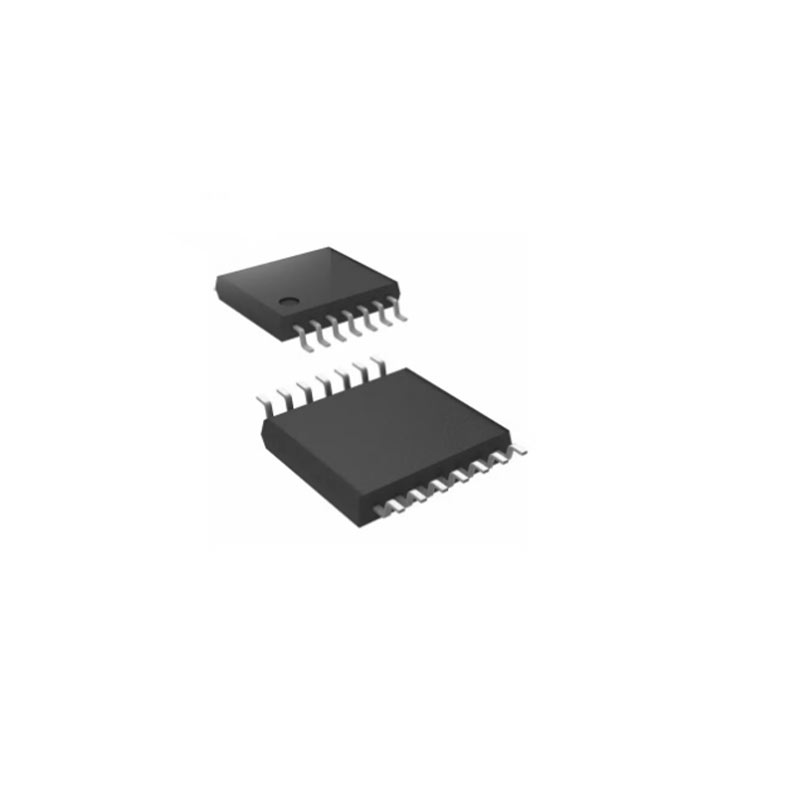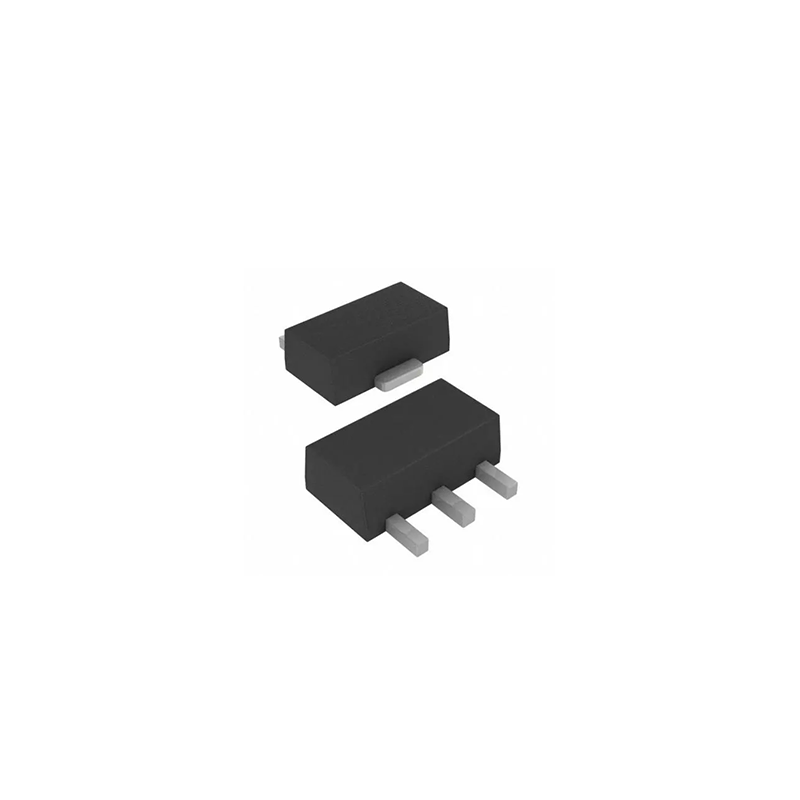Today, let’s talk about two very important concepts in switching power supplies — synchronous rectification and asynchronous rectification. The switching power supply relies on the inductive charging energy storage when the power tube is opened, and the inductive energy is released when the power tube is disconnected to realize the voltage transformation. After the power tube is disconnected, the inductance releases energy to have a current loop, which is different in the selection of current components, it will involve different rectification methods, that is, synchronous rectification and asynchronous rectification. So what is the difference between them?
Asynchronous BUCK
There is only one MOS tube (power tube), and the continuous current element is a diode, which belongs to the natural rectification process and does not need a special control circuit to synchronize, so it is called asynchronous rectification.

Asynchronous rectifier circuit
Synchronous BUCK
Use dedicated power MOS with very low on-resistance to replace rectifier diodes to reduce rectifier losses. The power MOS belongs to the voltage control device, and its volt-ampere characteristics are linear when it is on. When the power MOS is used as a rectifier, the gate voltage must be synchronized with the phase of the voltage to be rectified, so it is called synchronous rectification.

Synchronous rectifier circuit
Advantages and disadvantages of asynchronous:
- High stability
In the case of output current changes, the voltage drop of Schottky diode is quite constant, and there will be no synchronous rectifier circuit in the upper and lower tubes at the same time, so its stability is higher than that of synchronous rectifier circuit.
- Low Efficiency
When the current flowing through the Schottky diode is large, the voltage generated by the continuous current on the diode is relatively large, when the output voltage is very low, the voltage drop of the diode accounts for a large proportion, it consumes relatively large power, so the efficiency is low when the high current and low voltage output.
The advantages and disadvantages of synchronization:
- It’s efficient
In the MOS parameters, a very important parameter is the on-resistance of the MOS tube. In general, the internal resistance of the MOS tube is very small, generally at the milliohm level, so the pressure drop of the MOS tube after the on-off is relatively low.
Under the same conditions, the on-voltage drop of the general MOS tube is much smaller than the positive on-voltage drop of the ordinary Schottky diode, so the loss power of the MOS tube is much smaller than that of the diode under the same current condition, so the efficiency of the MOS tube will be higher than that of the diode.
- Lack of stability
MOS tube needs a drive circuit, synchronous rectifier needs to add an additional control circuit for MOS tube, so that the upper and lower two MOS tubes can be synchronized, while the asynchronous diode is naturally rectified, there is no need to add an additional drive control circuit, so for asynchronous, synchronous circuit will be more complicated. The more complex the design circuit, the less reliable the stability.
Synchronous asynchronous options
Choose to use synchronous or asynchronous mainly from the efficiency, cost, reliability and PCB layout area to consider these aspects. For higher output voltage, higher duty cycle, the power consumption of the Schottky diode and synchronous rectifier in the asynchronous system is less, and the conversion efficiency difference between synchronous rectifier and asynchronous rectifier is not obvious; And for low output voltage, low duty cycle, large current applications, the conversion efficiency of synchronous rectification is relatively high. In summary, if the required efficiency is relatively high and the requirements for cost and reliability are not too high, you can choose the synchronous rectification program; If the efficiency requirements are not very high, the asynchronous is preferred, and its reliability is better.
The following is our DC-DC step-down chip:

Asynchronous buck typical circuit diagram (SSP9480 as an example)

The SSP9480 is a step-down switching regulator with an integrated power MOSFET tube. Fast loop response and improved loop stability with current mode control.
A wide range of input voltages (4.5V to 80V) provides high efficiency output with continuous 1.2A current, enabling a variety of step-down power conversion applications under the condition of mobile environmental input. The 0.1μA shutdown static current is suitable for battery-powered applications.
Typical circuit diagram of synchronous buck (H9108 as example)

The H9108 is a high frequency, synchronous, rectified, buck switching mode converter with internal power MOSFETs. It offers a very compact solution capable of up to 2A continuous current output capability with excellent load and line regulation in the operating input range :4V to 18V.
_画板-1@2x.png)



